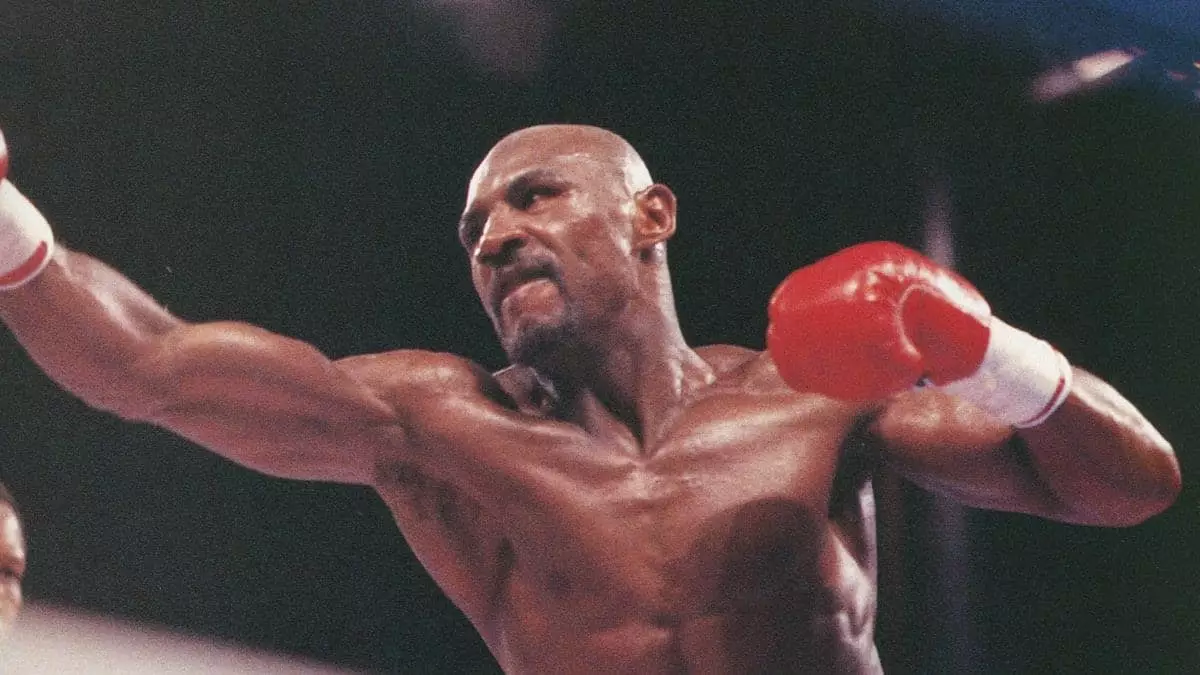Every year on April 6th, boxing enthusiasts revisit the echoes of a monumental clash that shook the sweet science to its core. The showdown between Sugar Ray Leonard and Marvelous Marvin Hagler at Caesars Palace in Las Vegas in 1987 transcends mere sports history; it has carved out a permanent fixture in the memories of those old enough to remember. As people reflect on where they were, who they were with, and their personal interpretations of the bout, it becomes clear that this fight was more than a contest of physical prowess—it was a cultural moment that stirred passionate debates and shaped perceptions of boxing for decades.
The Build-Up to Controversy
Leading up to the fight, a swirl of controversy enveloped Sugar Ray Leonard. Coming off a significant layoff due to a serious eye injury, Leonard’s return to the ring was shrouded in skepticism. Having fought only once since his retirement in 1982, and against a less-than-stellar opponent, many questioned his readiness for a match of such gravity. His first post-retirement appearance left critics pondering whether Leonard still possessed the fire and finesse that had once made him a champion. Yet, rather remarkably, Leonard was resolute. He held the belief that Hagler, also aging, offered him a valuable opportunity—one he intended to seize without engaging in a warm-up bout.
A slowing Hagler, fresh off an intense encounter with John “The Beast” Mugabi, agreed to the terms set by Leonard, including reduced fight rounds and larger gloves. This complexity led to even further scrutiny and pre-fight debates among fans and analysts alike. Was Leonard merely a clever tactician capitalizing on Hagler’s aging body and mind? Or was he a fighter desperate to reclaim a slice of a legacy that was slipping through his fingers?
A Dance of Styles
When the bell rang, fans were treated to a masterclass in boxing strategy. Leonard’s “hit-and-run” style danced elegantly around Hagler’s more robust, forward-pressing approach. Initial rounds saw Hagler struggle, adopting an orthodox stance while Leonard capitalized on the openings. The fight narrated a timeless story; boxer versus brawler, speed versus sheer power. And, for the first part of the match, Leonard’s deft movements and strategic superiority painted him as the artist in a boxing landscape littered with brooding, bruising titans.
Critics have debated Hagler’s tactical choices, with many suggesting that his reluctance to adapt his style early on gave Leonard the critical edge needed to score points. Leonard, aware of the public scrutiny, needed not just to win, but to deliver a performance that silenced doubters. His agility and intelligent footwork made for a spectacle, even if that meant he relied on a defensive posture rather than engaging in a brawl.
The Verdict and Its Discontents
Ultimately, after a gripping 12 rounds, the judges rendered their decision—a split decision that favored Leonard, with one judge’s score shocking many, as he handed in a lopsided 118-110. The announcement ignited a firestorm of debate that has endured for nearly four decades. Was this the rightful verdict, or was Hagler—the fighter famous for his grit and relentless spirit—robbed of a victory that would solidify an already impressive legacy?
The haunting nature of this dispute encapsulates the essence of sport itself: passion, bias, and the insatiable human need for resolution. Leonard’s supporters heralded his performance as a tactical masterpiece, a demonstration of how the cerebral elements of boxing can outsmart brute force. Conversely, Hagler’s loyal fans lamented what they perceived to be a miscarriage of justice fueled by the public’s polarized emotions and the spectacle surrounding Leonard’s return.
Enduring Impact and Personal Legacy
Regardless of which side enthusiasts land on, the bout remains a fascinating narrative steeped in rich boxing history. Leonard versus Hagler not only showcased extraordinary athletic prowess but also served as a lens through which we examine themes of legacy, resilience, and the contradictions of sport. Leonard’s career gained unforgettable momentum from this confrontation, culminating in a legacy that eclipses many of his contemporaries.
Whether hailed as a tactical genius or critiqued as a master of manipulation, Leonard’s victory over Hagler will continue to inspire new generations of boxers and fans. In the end, it’s this enigmatic duality that adds a priceless layer to the boxing narrative—making Leonard vs. Hagler not just a fight for the ages, but a timeless chronicle of human endeavor, artistry, and the chaotic beauty inherent in sport.

